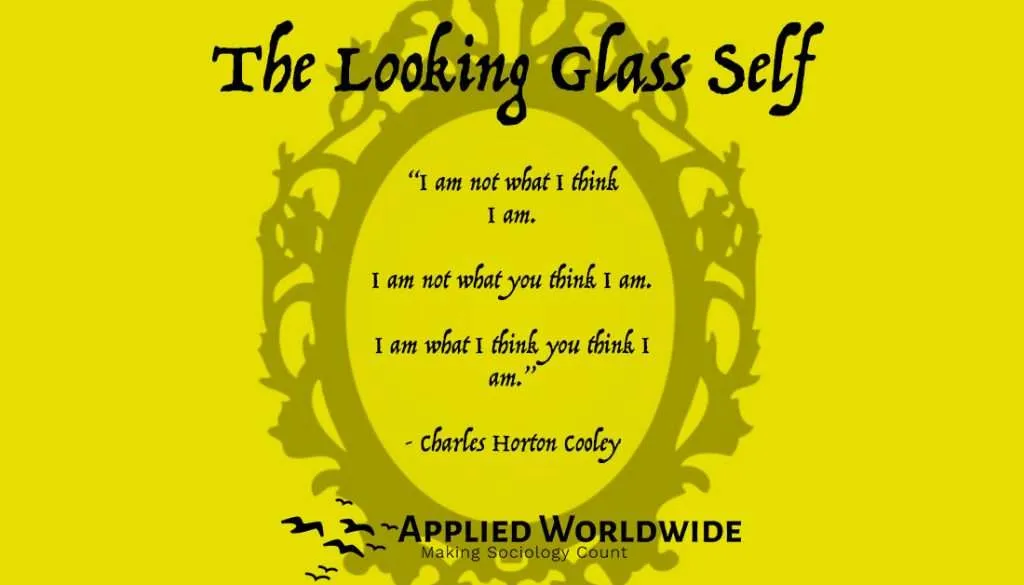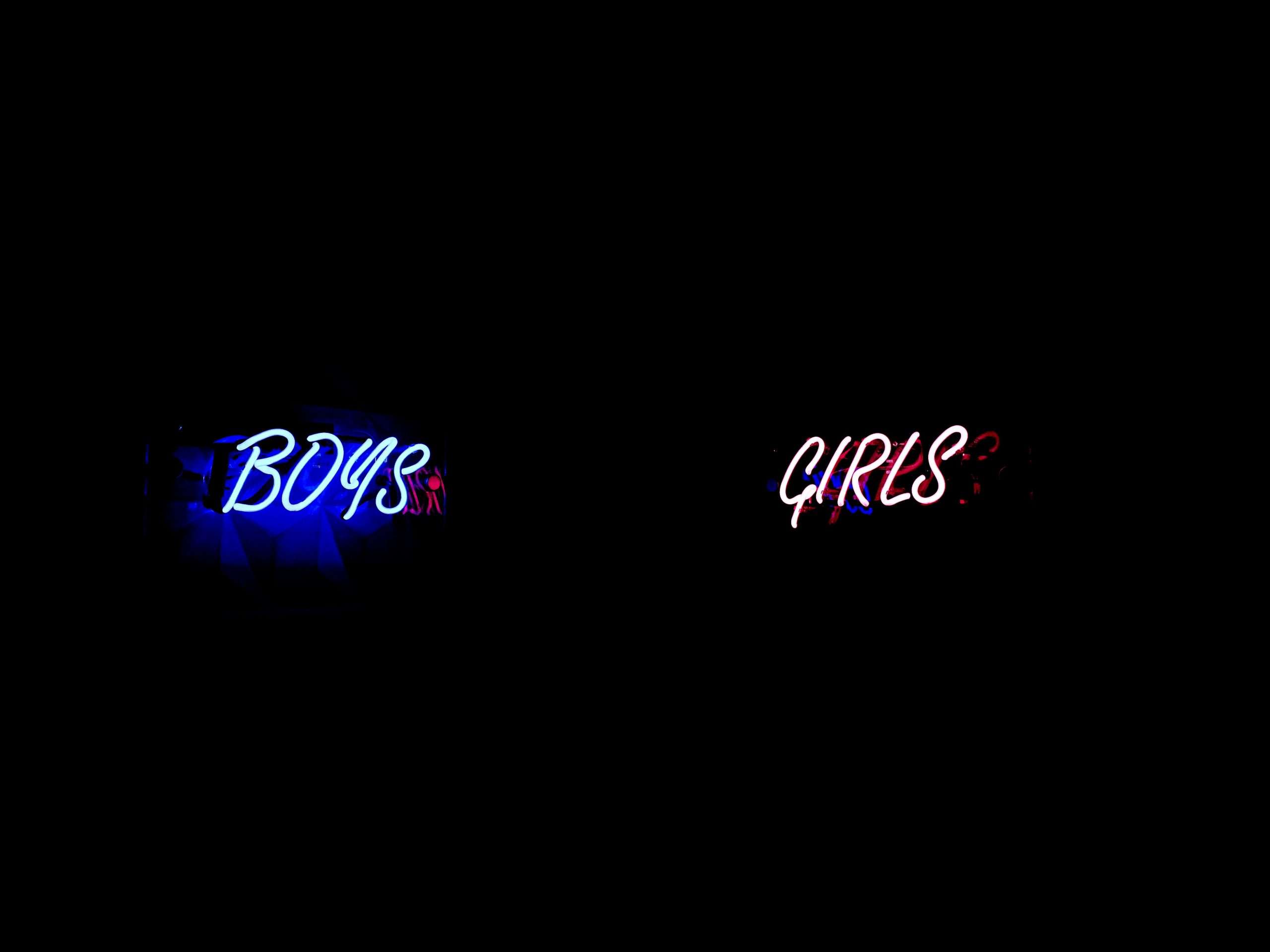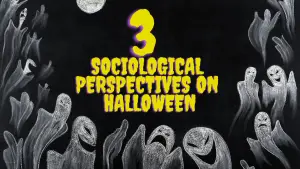Gender structures the types of opportunities and life chances we have and strongly influences the roles we play within social institutions from the household to the state. Although the roles of men and women vary from one culture to another, there is no known instance of a contemporary society in which females are more powerful than males. Men’s roles are generally more highly valued and rewarding than women’s roles, leading the gender inequality.
Radical Feminism and Gender Inequality
This brings about the idea of Radical Feminism. Radical Feminism is a perspective within feminism that calls for a radical re- ordering of society in which male supremacy is eliminated in all social and economic contexts, while recognizing that women’s experiences are also affected by other social divisions such as race, class, culture, religious and social orientation. At the heart of radical feminism is the belief that men are responsible for, and benefit from the exploitations of women as well as girl children.
What is Patriarchy?
The analysis of the prevailing trend of patriarchy is a central concern. Patriarchy is viewed as a universal phenomenon that existed across time and cultures. Radical feminists often concentrate on the family as one of the primary sources of womens’ oppression in the society. It is contended that there are some patriarchal structures which restrict girl child as well as women’s education opportunities and help maintain male domination such as patriarchal relations within the household, patriarchal culture, paid employment, sexuality, violence towards females and the state.
Each of these structures have some independence from the rest, but still affect one another. Paid employment in our society today has been, and remains, a key structure in creating disadvantages particularly for women and the girl child. In a traditional and even contemporary Nigerian setting, the degree of inequality between men and women in terms of pay, position and conditions, and access to well rewarding occupations has declined slightly. The states’ policies and priorities are systematically biased towards patriarchal interest. Women have routinely experienced violence and the state effectively condoles the violence with its refusal to intervene except in exceptional cases.
Private vs. Public Patriarchy
Two distinctive forms of patriarchy are identified: private and public. Private patriarchy is the domination of women and girls within the context of the household at the hand of an individual patriarchy. Girls are socialized to the belief that they can’t make independent decisions of their own but must depend on boys and men around them.
Public patriarchy, on the other hand, is more inclusive. Girls as well as women may involve in public life such as education, employment, and politics but the quality and levels of involvement are generally lower when compared to male counterparts. Today’s girls are tomorrow’s women. The differential treatment treatment of girls and boys can hardly be separated from the preferrential treatment of men to women in our society.
The Girl Child Problem
Being born and growing up as a girl in a developing society like ours is almost like a burden due to contemptuous, backward and egregious treatment received from the family, school and society at large. Since no one is born with knowledge to distinguish from right and wrong, we are all products of our environment.
We tend to think and see things from a perspective as society has programmed us to, which we are an integral part of. Society is what moulds our conscience and preception of what is right and wrong. Man is constantly crushed by the grinding stones of time and refined by the fire of change, but when society fails to move with the dictates of time, man ends up with a blurred vision and wrong thinking which is detrimental to our growth as a people.
The same applies to a society that still clings to past and dead cultures without wanting to escape the fangs of stagnation and lack of civilization. The girl-child problem around the world has many dimensions but the root of all kinds of discriminations and bias against the girl child lies in the customs, traditions and typical mindset of the society which considers the girl child and women as inferior beings. Women and girls have been treated in the most inhuman ways from the inception of human civilisation (Marx 1848; Fisho-Orideji 2001; Igube 2004).
The legacy of injustice against the girl child has continued to rear its ugly head. Female feticide, female infanticide, sexual abuse, marginalization in terms of nutrition, health care and education, violence against women and bias against women in all spheres of life including social, political, economic and religious spheres is a common norm in today’s world. Generally, girls as well as women do not have decision making power of their own; it is always someone else who makes decisions for them.
Sociology Perspectives on Gender Inequality
Structural Functionalism
The functionalist perspective of gender inequality suggests that gender inequalities exist as an efficient way to create a division of labour, or a social system in which a particular segment of the population is clearly responsible for certain acts of labour and another segment is clearly responsible for other labour acts. This view has been criticized for reifying, rather than reflecting, gender roles. It neglects the suppression of women within the family structure.
Conflict Theory
Frederich Engels, a German sociologist, in his conflict theory compared the family structure to the relationship between the bourgeoisie and the proletariat, suggesting that women had less power than men in the household because they were dependent on them for wages. Men, like any other group with a power or wealth advantage, fought to maintain their control over resources (in this case, political and economic power). Conflict between the two groups caused things like the Women’s Suffrage Movement and was responsible for social change.
Symbolic Interactionism
According to Cooley’s ‘looking-glass self,’ an individual’s understanding of their gender role is based on how society perceives them. Thus, if a society views a man as masculine, he will also perceive himself to be masculine. This implies the notion that masculinity and feminity are performed gender identities. Gender is something we do or perform, not something we are. People interaction with each other based on the meanings available for one other. These meanings are derived through social interaction and are “managed and transformed through an interpretive process that people make use of, and handle, the objects that constitute their social worlds.“

Fighting Gender Inequality
In our fight against gender inequality, what is prevalent is an ‘ideological twist’. We have come to think conciously or unconciously that its a fight only of, and for women, accompanying with it a wrong presumption that men or boys alone are the enemies, as such should not be part of the struggle. Indeed over 90% of gender based violence commited against women is commited by men. But to percieve men as the only enemies would be, as it has always been, counterproductive, leading to a propagation of hate.
Paulo Freire in his “Pedagogy of the Oppressed” says that every true struggle for liberation must seek to liberate both the oppressor and the oppressed. Men and boys, too, are victims of their predatory behaviours. There is a way boys are brought up that makes them violate the rights of women when they grow up. There is something unhealthy that society feeds boys and men with that sponsors ‘unhealthy male behaviour.’ We have allowed ideologies and sterotypical views that directly or indirectly propagate wrong behaviours in men to thrive. We have focused on intervention rather than prevention.
I’d like to end with a quote from Patricia Shea, who puts it this way:
The end of violence against women and children begins with boys and girls.
Patricia Shea







